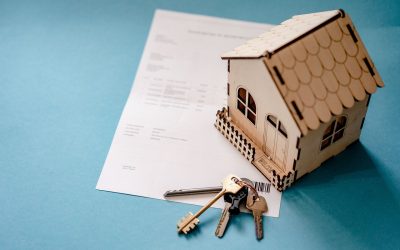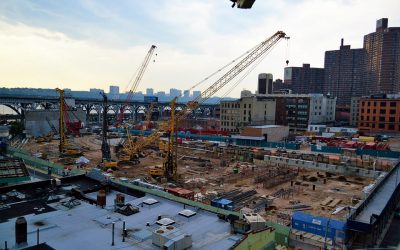An inevitable result of government’s growing intervention in economic matters is a conflict between various policy goals. An example of these conflicting goals is the goal of preserving historic buildings and the goal of providing affordable housing.
A common feature of preservation ordinances is that repairs to an existing building must use “in-kind” materials. For example, if a building owner wants to replace rotting wood windows, he is prohibited from using more durable materials, such as vinyl. Often, the mandated materials are much more expensive and difficult to obtain. If the owner cannot afford the more expensive materials, the building falls into disrepair or the property is sold to someone who can afford the repairs.
Some preservationists are beginning to argue that this contributes to gentrification and the affordable housing crisis. Their solution is to make exceptions to the preservation ordinance. For example, if an owner wants to use modern materials on his primary residence, he should be allowed to do so in order to remain in the house. Or, if a non-profit with a history of building affordable housing (below market rate) applies for an exception, it should be granted.
Preservationists claim that they want to “protect our heritage” and maintain “architectural integrity.” If this is true, then why make exceptions? Why do they suggest that owner-occupied homes can have modern materials but market-rate rental properties can’t?
The fact is, historic preservation is a pretense for dictating how others may or may not use their property. Preservationists don’t like how others sometimes choose to use their property, and so, preservationists seek the power of government to stop those offending uses. However, they are discovering that their preservation edicts are conflicting with the Left’s latest cause—affordable housing.
Faced with such a conflict, a rational person would re-evaluate his premises. A rational person would question whether historic preservation ordinances are justified. But preservationists seldom act rationally, and it’s doubtful that they will start now. Instead, they want to make exceptions so that they can maintain control over property they don’t own. Preservationists want to have a property owner’s cake and eat it too. However, they will throw the owner a few crumbs if he acts as the preservationists think best.
This, the preservationists claim, will provide an incentive to property owner’s to fulfill a city’s priorities. This is akin to saying that sticking a gun in someone’s face provides an incentive for the victim to hand over his wallet. The only way to end the affordable housing crisis is to free the housing producers. This means repealing the litany of laws and regulations that drive up the cost of housing, including preservation ordinances.




